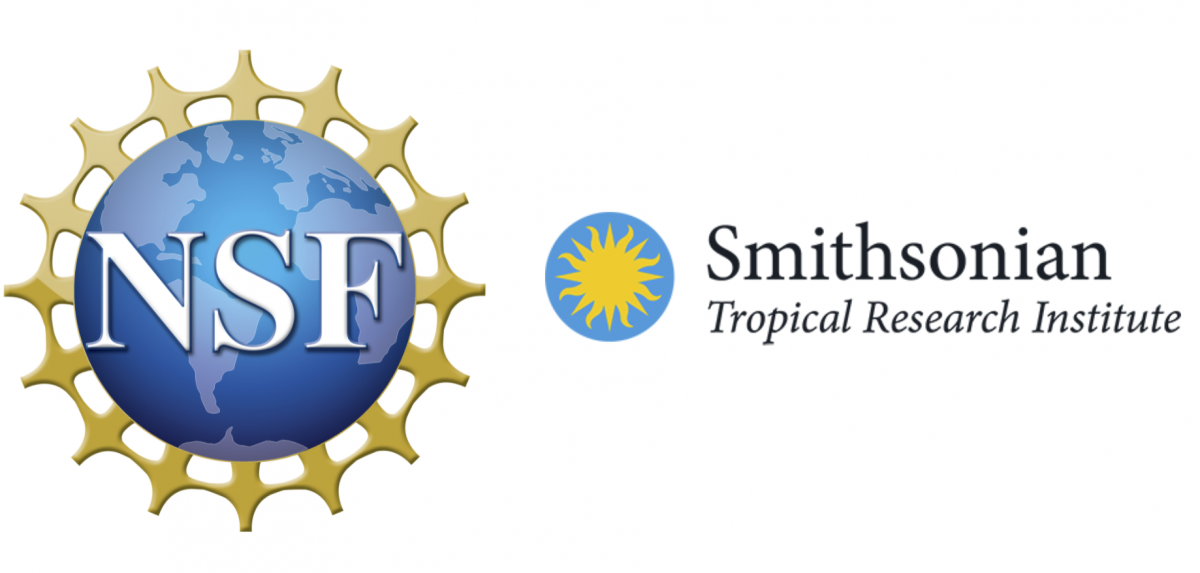Throughout my career, I have studied patterns and processes in ecological communities that inhabit spatially heterogeneous environments. I have been especially drawn to systems in which patches of suitable habitat for the organisms of interest are relatively discrete, with well-defined boundaries. In such patchy habitats, the effects of species interactions on community structure play out at both local (within-patch) and regional scales (across a collection of patches), with dynamics at these scales linked by the dispersal of propagules and/or adults. This research interest was sparked by a course I took as an undergraduate at the University of Rhode Island, taught by noted population geneticist, Professor Robert Constantino. In his course, we read the classic 1967 Princeton Monograph, The Theory of Island Biogeography, authored by Robert H. MacArthur and Edward O. Wilson. The spatially explicit nature of this theory was foundational to modern perspectives and research on patch dynamics and metacommunity patterns and processes.
The four systems in which I’ve investigated the patch dynamics of ecological communities are:
1) rocky intertidal boulder fields, in which each boulder is a patch of habitat that experiences disturbances at a rate inversely related to the boulder's mass;
2) clearings in intertidal mussel beds created by wave forces and the impact of water-borne projectiles such as cobbles or drifting logs;
3) host snails, which comprise obligate patches of habitat for the larval trematode parasite that infect them;
4) lightning generated canopy gaps in mangrove forests, which initiate local tree regeneration.
Each of the following sections summarizes the studies I’ve conducted in each habitat. See the Sousa Publications page for papers and book chapters reporting results from these studies.
My research has been funded by grants from the National Science Foundation and the University of California, Berkeley. My mangrove project would not have been possible without generous and skilled assistance from the staff of the Smithsonian Tropical Research Institute and access to the institute’s Galeta Marine Laboratory. The research has been conducted under permits from Panama’s Instituto Nacional de Recursos Naturales Renovables, Autoridad Nacional del Ambiente, and Ministerio de Ambiente. I especially thank the Republic of Panama for preserving its forests and making them available for study.

